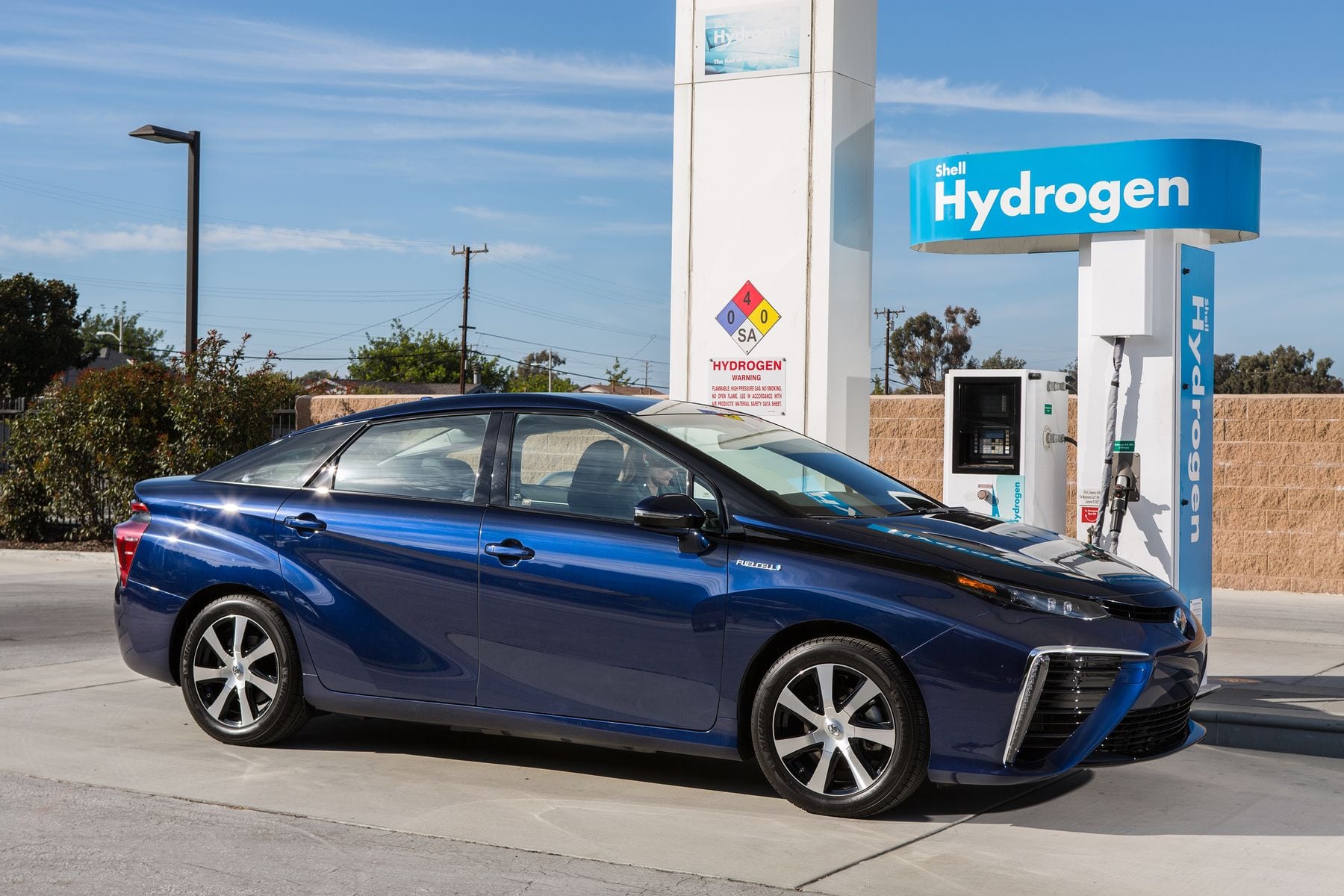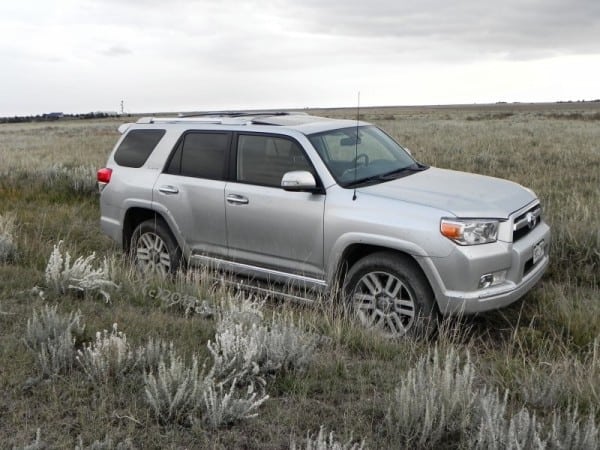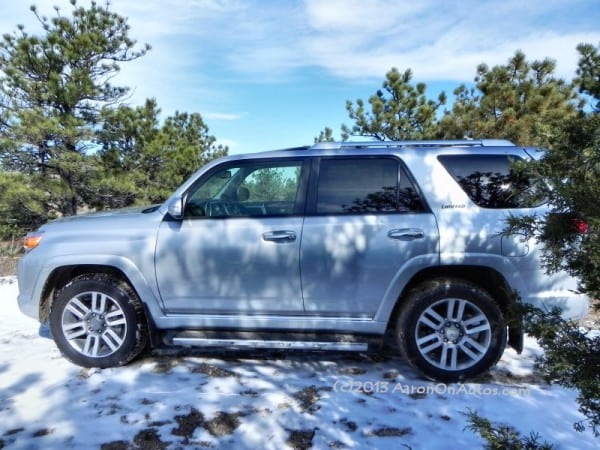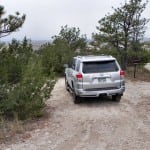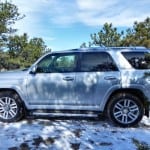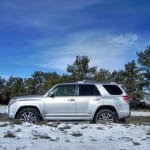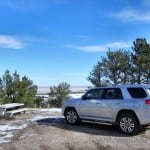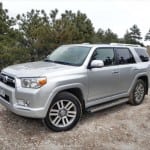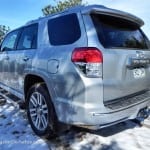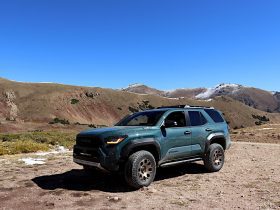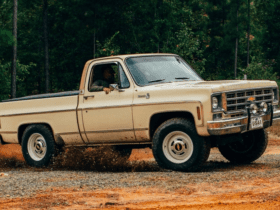I recently spent a week driving the 2013 Toyota 4Runner Limited 4×4 here in Wyoming. We had snow and ice during that week, so I was able to test drive the popular SUV on ice as well as on dry roads. I attempted some medium-level offroading in it, some light mudding, and used it as a family car to tote around our two toddlers, my wife, and myself on our daily journeys here in Southeastern Wyoming – to the tune of about 350 miles in all.
I am not going to go into a full review of the vehicle as Tim Esterdahl already wrote a very well-balanced review of the 2013 4Runner, which you can read here. It should be noted, for comparison, that Tim and I drove exactly the same vehicle, loaned from Toyota through the same media company, so any comparisons I make are literally with the same vehicle he drove.
What I found was that the 4Runner of old – the 1990s sport utility vehicle that was one of the most desirable offroad machines around – is gone. With the exception of the Trail package, the 4Runner is now only good offroad if you’re comparing it to crossovers. Compared to its chief competition, the Nissan Xterra, the 4Runner is no longer a true offroad machine despite its truck underpinnings, big tires, and decent ground clearance.
In fact, it didn’t do well in mud or on ice either.
The thing is, the 4Runner is based on the Tacoma pickup truck platform. The Tacoma is a very capable offroad truck with plenty of power and a sure-footed presence. With the added weight and top-heavy structure of an SUV, however, the Tacoma becomes the 4Runner and loses much of that sure-footed feel.
The 2013 4Runner Limited is Toyota’s top fitting for the SUV in terms of interior accouterments and packaging. I found the infotainment system to be outdated and clunky to use, the window controls to be badly-placed on the door sill, and a lot of the interior plastics to be cheap-appearing and not.. well, pretty. Seating, however, is nicely done and the step rails, though they remove some of the body’s ground clearance, are a great bonus for short people like my significant other. Our test model didn’t have a third row, but it is available. Cargo space is cavernous.
The 2013 Toyota 4Runner Limited 4×4 is nicely refined on the highway. Despite its truck heritage, it is smooth and quiet on the freeway and comfortable to drive, though not as easy to maneuver or as smooth to operate as a crossover like its brother the Highlander is.
In inclement weather, despite trying various settings on the differential locks and so forth, the four-wheel drive was not very sure-footed in slippery situations. As someone who lives where snow and ice are the norm for several months of the year, that concerns me. In the mud, it had the same problem and the road tires fitted to the Limited package have little capability in the dirt.
For this reason, I wonder what Toyota’s plans are for the 4Runner. With the exception of the nicely done Trail package, the 4Runner has only ground clearance to top its crossover rivals in offroad use. On the highway, they will all beat it for comfort and ergonomics. Compared to the Xterra and most Jeeps in this price range, the 4Runner falls behind as well.
Is it time for Toyota to ditch the 4Runner’s truck underpinnings and make it a crossover to fit between the very well-done RAV4 and the highly refined Highlander? I think so. What do you think?



